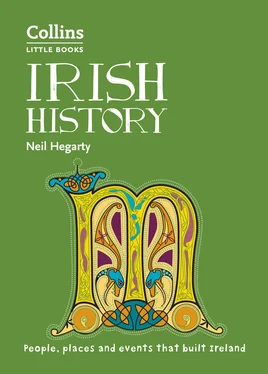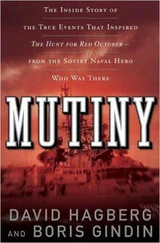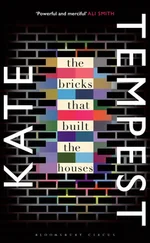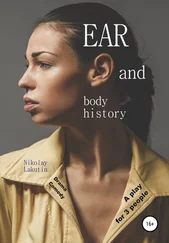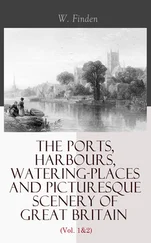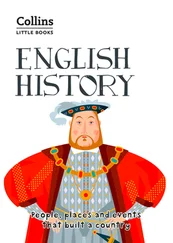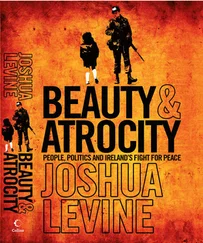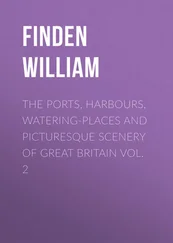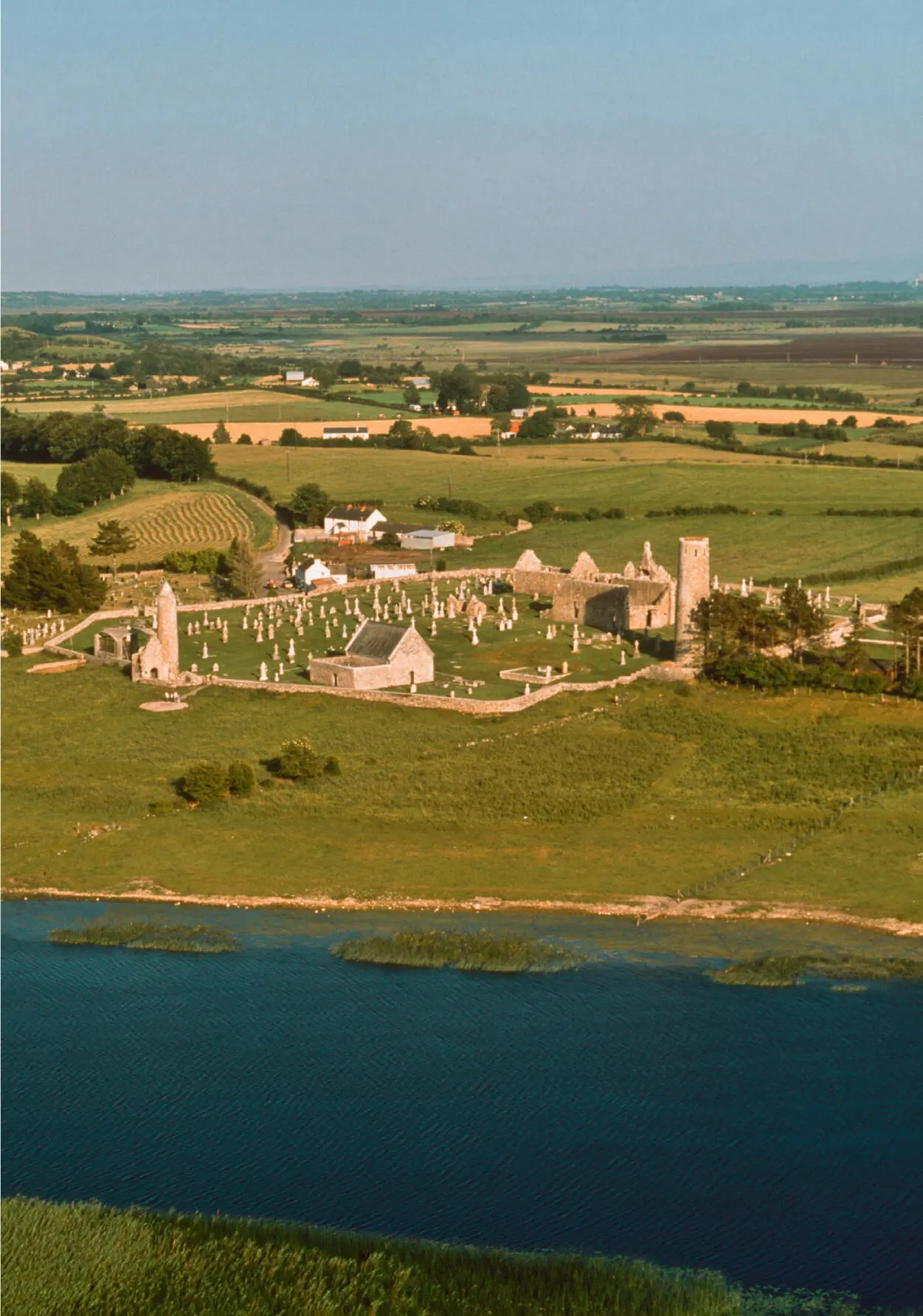
The highland valley of Glendalough in County Wicklow, with its twin lakes and its glorious backdrop of granite hills, is today one of Ireland’s most prominent tourist attractions. It has been significant in Irish history since the sixth century, when St Kevin established a place of hermitage here, and settled into a life of contemplation and prayer. Kevin’s reputation for piety and austerity drew pilgrims to the valley, where a monastery and seminary were established. Following Kevin’s death c. 618, the settlement flourished for centuries. The site today contains significant monastic remnants, which testify to the size and scale of Glendalough at its height: most famous is the great round tower, which dominates the valley. Kevin is a man for all ages, and today his life is interpreted as one of environmental awareness. Seamus Heaney’s famous poem ‘St Kevin and the Blackbird’ responds to the folk legend that describes the saint sitting in contemplation, arms outstretched, when a blackbird settles in the palm of his hand, nests, and lays her eggs. Rather than disturb the bird, Kevin remains in his position ‘until the young are hatched and fledged and flown’.
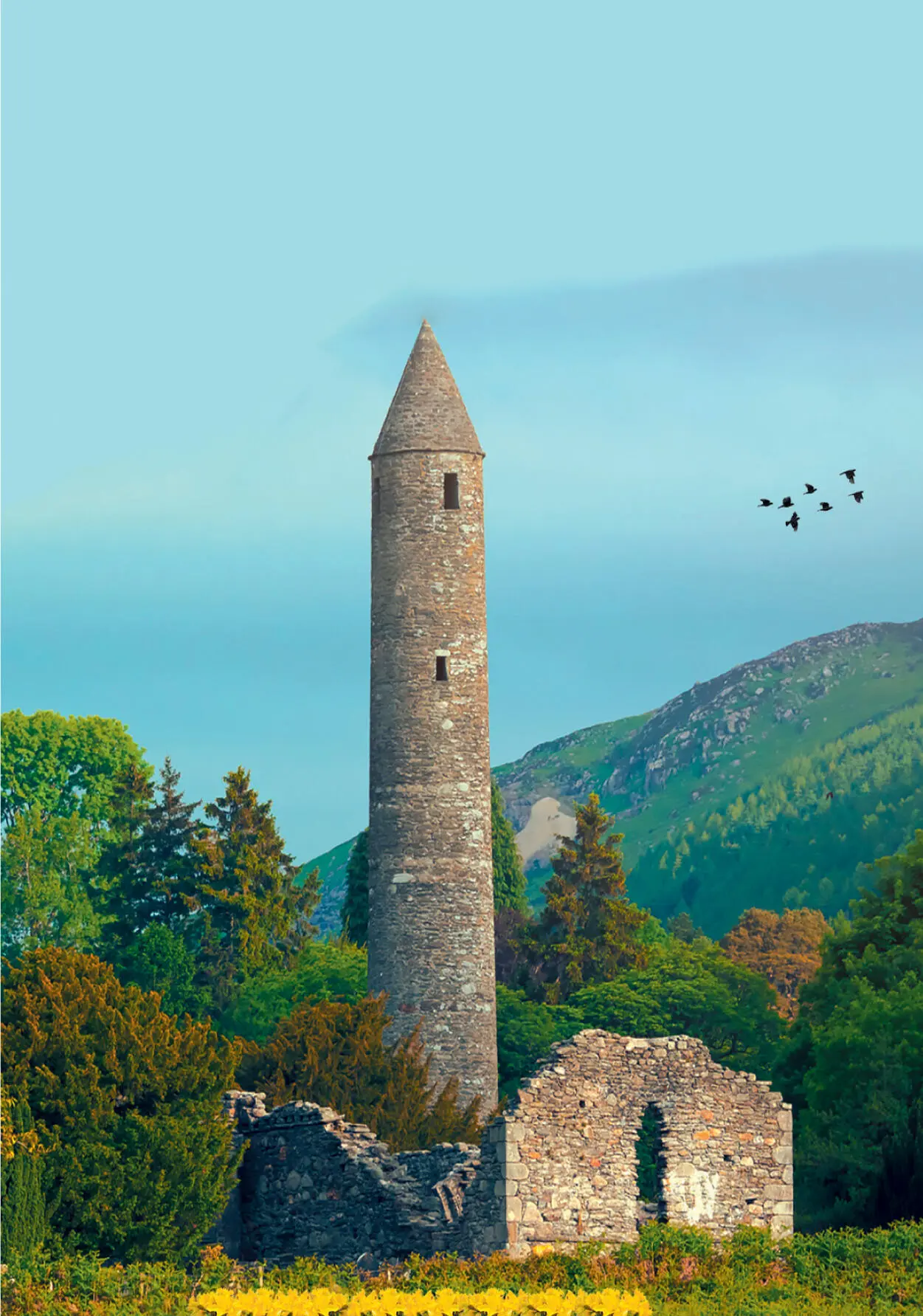
The seas surrounding Ireland were far from being a barrier to trade, communication, and human interaction. Quite the opposite was the case: they enabled a flow of goods and people over the centuries – and this fact is made manifest in the form of Dál Riata, a kingdom that spanned the channel between western Scotland and the Irish province of Ulster. The origins of Dál Riata lie in the early centuries of the first millennium, although the precise facts remain unproven. For many years historians posited the idea of an Irish conquest of south-west Scotland. Today, however, theories favour the idea of an essentially organic evolution of the kingdom, as the natural result of a kinship between two closely related territories. This latter theory underscores the sense of relative ease of human communication and travel across the seas. Dál Riata was an important centre for maritime trade. It endured as a kingdom until the eighth century, when military and political changes in both Ireland and Scotland led to its gradual eclipse and disappearance from the records, and the rise of the kingdom of Scotland in its place.
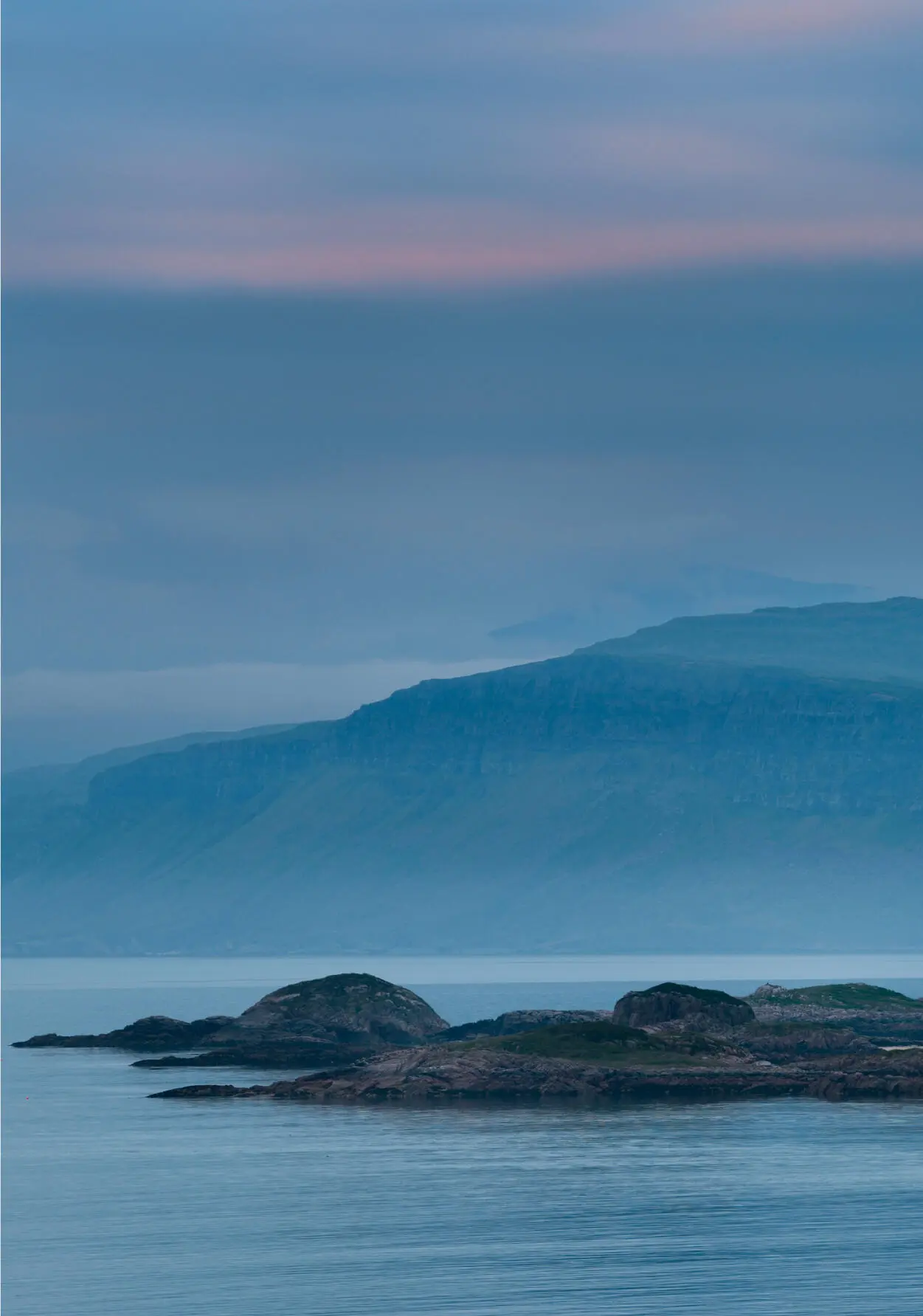
The centuries-long closeness between Ireland and Scotland is best encapsulated in the history of St Colm Cille. He was born at Gartan in County Donegal in 521, and his life captures the mingling of civil authority, ecclesiastical law, and politics that shaped the society of the time. Colm Cille founded the great monasteries at Derry and Durrow, before leaving Ireland to establish the monastery on Iona, at the heart of Dál Riata territory, and he was a key player in the politics of that kingdom. Having established his power base on Iona, the saint took to intervening in the governance of Dál Riata. Such was his influence that a summit was convened in 575 between the leaders of Dál Riata and the Uí Néill, who governed much of the north of Ireland. The result of the summit was an agreement that Dál Riata would formally bind itself to the Uí Néill, thus establishing a kingdom spanning the seas. As for the cultural legacy of Colm Cille’s Iona, this was immense. The exquisite Book of Kells was begun here; and it was from the island that other missionaries went forth to establish monasteries at Lindisfarne, and further afield.
As the culture and politics of Ireland influenced Britain, so they influenced Europe too. In these years, many Irish peregrinari, or wandering monks, travelled the continent, imprinting specifically Irish influences on European life, and the first and most famous of these was St Columbanus (540–615). Columbanus comes down to us as a distinctly forbidding individual, for he was given to a life of fearsome austerity – including starvation rations and limited sleep – the better to conquer the intrinsic sinfulness of his human nature. Born in the province of Leinster, he studied in the monastery at Bangor in County Down, before departing for exile in France. Here he founded three monasteries, complete with tonsured monks and a stricter-than-strict code governing every conceivable aspect of life. However, his dauntless attitude to life and scorn for authority – he even picked a fight with the Pope of the day – led at length to his banishment from France, and years of further wandering. His last and greatest monastery was at Bobbio, in what is now northern Italy, but at least sixty such institutions were founded in his name, and generations of his monks fanned out across Europe, disseminating Latin literature and knowledge in the process.
Irish – Gaeilge – is an ancient tongue, one of the oldest languages in Europe. Its beginnings are shadowy but, by the beginning of the first millennium, it was spoken across Ireland, with closely related tongues used in Scotland and the Isle of Man. Evidence of the first written Irish script comes in the form of Ogham: fourth- and fifth-century stone carvings still to be found today across Ireland; later, scholars adopted the Latin alphabet for written Irish. Ireland today is officially a bilingual state. Under the Irish Constitution, Gaeilge holds the status of ‘first official language’; it is also an official language of the EU. In visual terms, it is ubiquitous: to be seen on every road sign, and on all state documents; and study of the language is compulsory throughout the school system in the Republic of Ireland. In practice, the language has dwindled over the centuries: today, its everyday use is largely limited to Gaeltacht areas along the Atlantic seaboard. However, in Northern Ireland and in urban areas in the Republic, where Gaelscoileanna, or Irish-language schools, are increasingly popular, the language is witnessing something of a revival.
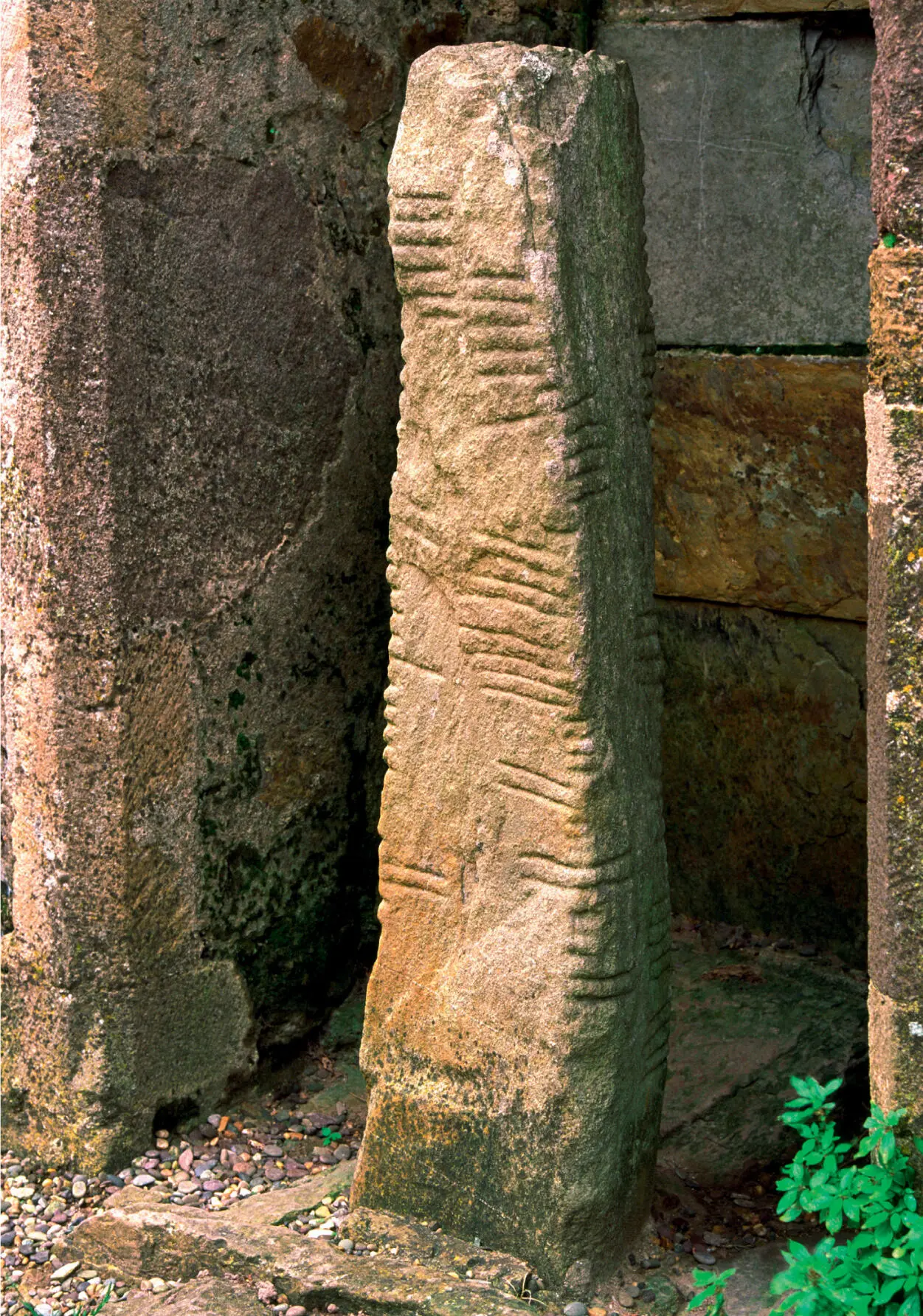
The most extraordinary – and remote, and elemental – of Irish monasteries was the settlement on Skellig Michael (Sceilg Mhichíl), a crag of rock that lies in the Atlantic some seven miles west of County Kerry’s Iveragh peninsula. The twin-peaked silhouette of the Skellig, as viewed from the mainland, is one of the most evocative of Irish sights. The island is a World Heritage Site and an important and abundant bird sanctuary; and it has recently gained new global fame as the hidden hermitage of Luke Skywalker in the latest Star Wars films. The Skellig has a venerable history, for at some point between the sixth and eighth centuries AD, monks crossed from the mainland to found a settlement in this extreme environment. The monastery was established on a terraced slope 180 metres above the sea and a hermitage was built below the island’s south peak. The settlement endured until the twelfth or thirteenth century and remained a place of regular pilgrimage in the following centuries. Today, visiting is possible in the summer months: flights of stone steps lead from a landing place to the monastic remains, with their characteristic ‘beehive’ cells and tremendous ocean views.
Читать дальше
